A sneak peek into the Car of the Future
Leading designers explain what the car of the future might look like in wake of technological breakthroughs such as autonomy and electrification.
Autonomy, digitalisation, electrification and connected cars are no longer fashionable buzzwords looking to a brighter future.
Today, aspects of all three are already present on our roads, from cruise control functions that read the road ahead and adjust your speed, through to the self-driving Tesla Autopilot and Mercedes Driver Assist functions that are already on stream.
These are technological breakthroughs with far-reaching consequences; they are the result of the march of time and advances in understanding, and they are state-sponsored because of the promise of fewer road injuries and accidents. They are an inevitability that will, in the words of Mercedes CEO Dieter Zetsche, prompt a profound change to cars “as radical as the industry has seen in its 120 years of existence”.
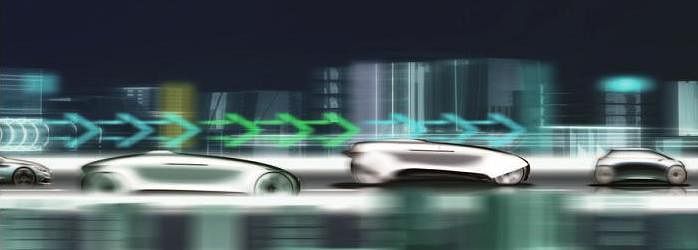
At the heart of this pivotal moment in time stands a generation of car designers with an entirely new rule book at their fingertips. But what does that rule book look like and how radically different is it?
Our sister publication, Autocar UK polled leading designers from around the automotive industry to hear their views.
Michael Mauer, VOLKSWAGEN Group head of design, on whether cars will end up looking the same:
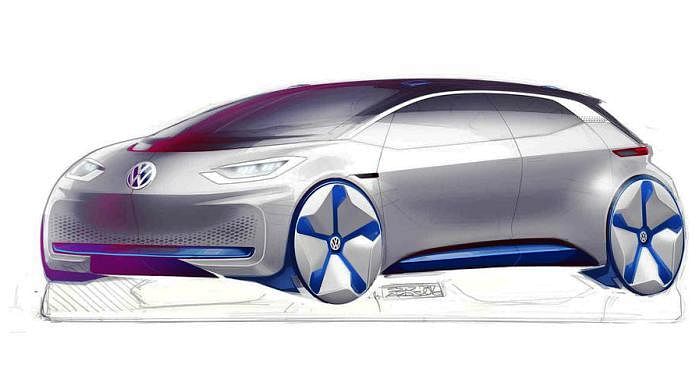
“The mobility world of tomorrow gives us designers entirely new creative possibilities. Electric drives and autonomous driving remove any obstacles and change design more radically than has been the case in recent decades.
“But that does not mean we will have uniform autonomous vehicles. The streetscape of the future will become even more varied, even more colourful, even more emotional.”
Gorden Wagener, head of design at MERCEDES-BENZ, on simplifying complex solutions:
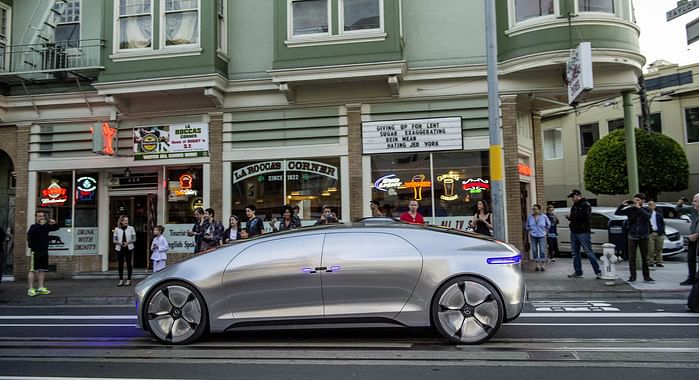
“Look at how much design has changed this company in the past three years. We’ve made the transition from an old luxury company to a modern luxury company, simply through design. Looking to the future with the challenges to come — digitisation, electrification — I think designers are the people to envision it.
“We’re living in the future; we’re five, 10, even 15 years into the future. Design has never been more important. There’s so much happening and, as designers, we’re really in the driver’s seat here. The new world will become very complex and it’s the designers who will try to make it simple.”
Moray Callum, vice-president of design at FORD, on how the designer’s job is changing:
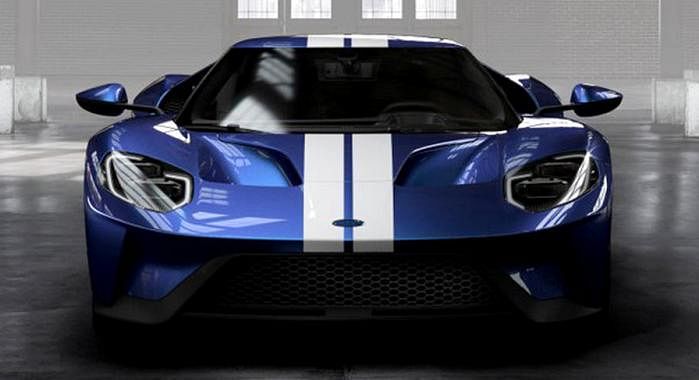
“There’s more design to do because it’s more complicated. So much more goes into everything. When I started we chose between a 5.0in round headlight or a 7.0in headlight. Now we’ve got around 35 people on headlights because there are around 50 different parts.
“We’re not just going to the car design schools to recruit now because our role is getting wider as our relationship with the car is changing. As designers, we have an expanding role around how these systems we add work. For instance, the designer’s job is to make the [infotainment] logic logical to customers; we’ve got more interior designers than exterior designers now. You fall in love with the exterior but live with the interior — and most of the pain points are inside.”
Laurens Van Den Acker, design chief for RENAULT, on whether to go radical or remain conventional:
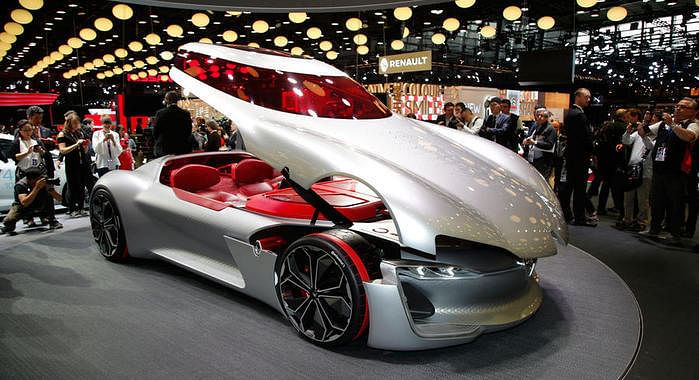
“The first thing to say is that there’s never been a better time to be a designer. Technology means engineers can do things they couldn’t five years ago and that has opened up all sorts of avenues. Marketeers have realised that in a world of no really bad cars, design is what makes the difference.
“We can write our own future — and I don’t see car sharing taking that away. People will still care what their car looks like. People won’t want to be in a vehicle that looks like a trash can, and besides, most people won’t want to share a car. It’s something personal; it would be like sharing your cat.
Also read: "A good car is like meeting an attractive person," says Van Den Acker
“The biggest opportunity in the near future will be space; an electric drivetrain is 40% more compact than a combustion one, so that’s an opportunity. But how far do we go? I’m in favour of change but think customers will still want to see classic proportions. I don’t see a reason for revolution.”
Satoru Tai, executive design director for NISSAN, on changing priorities and the short and long-term challenges:
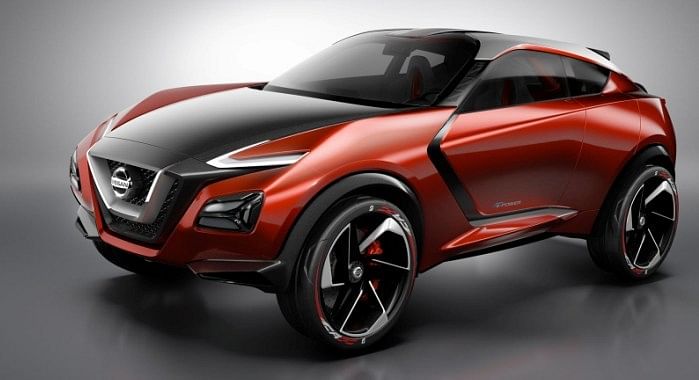
“Cars may go through a phase of looking similar, but in the long run, I think further advancement of technologies will then enable us to have more freedom in shaping unique designs, just as they did in the past.
“With the complete change of powertrains, the layout will become more flexible. We will no longer need an extended bonnet or boot lid. If we only pursue efficiency, I think the overall design of cars will become boxier and mono-volume orientated.
“Since many of the upcoming technologies are about man/machine interfaces, there will be a transition period and I am sure interior design will have more significance than exterior design. To a degree, the interior will influence the exterior design all the more and they will, eventually, resume the relationship they have today.”
Klaus Bischoff, VOLKSWAGEN design chief, on a focus on interiors:
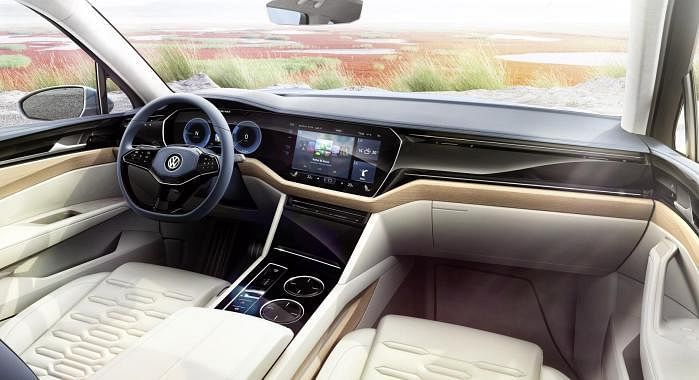
“The biggest shift for design will be the interiors of EVs. Because we have pushed the ID concept’s climate control system into the nose, the dash can be pushed back 20cm — which gives a great deal more room in the cabin. Today’s car interiors are close to the driver, almost hemming them in; in future EVS, space in the cabin will be far greater.”
Simon Humphries, president of ED2, TOYOTA’s design HQ in Europe, on why there’s no single answer:
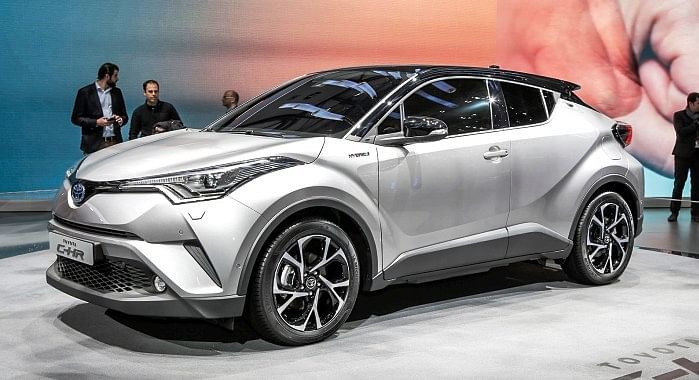
“Consumers’ values will become increasingly diverse, and consumers will become increasingly confident in their ability to choose without following mainstream trends. Acceptance of new, radical design and non-traditional hierarchies will result, and that may signal the end of mass trends in design as people seek new methods of self-expression.
“Size will no longer define the automotive hierarchy and branding strategies will have to change. The paradigm shift from gasoline to electric will not happen overnight; they will co-exist, resulting in each finding its own speciality. Choice will depend on lifestyle and the ‘allrounder’ car of today will be replaced by more specific designs, with the different experiences being offered becoming the brand differentiator.
There will also be new influences from developing regions, leading to new concepts and ideas based on criteria other than the traditional European view of the car.”
Alfonso Albaisa, corporate VP and executive design director for INFINITI, on changing limits and how to persuade customers to embrace that change:
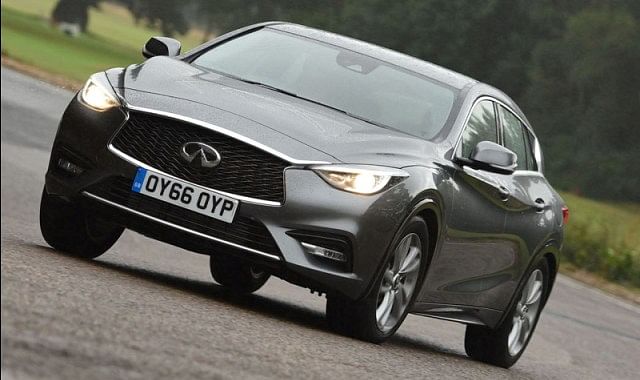
“I don’t feel there is a limit to designing cars for the future. The only issue is how we walk with our customer into the future, because the customer’s appetite for change is what we must relate to. Sometimes, depending on culture, the customer can be slightly conservative. This also depends on their social situation, but sometimes they are ambitious and expect significant design changes.
“I think premium customers are open to change if we provide a clear benefit to them. It’s important; if you change something significant, there must be very clear customer benefit. If there is not, the customer will reject it because they have so many good choices in the marketplace.
“In reality, the modern user experience and how it relates to and works with the owner has a much higher value than piping or wood on an interior, and I feel there is a great potential in the coming digital technologies.”
Rob Melville, MCLAREN chief designer, on whether driver-focused supercars are less likely to change than conventional cars:

“They’ll change too — and soon. Our philosophy is to create breathtaking designs that tell the visual story of their function, and we have an amazing bandwidth of functionality and focus coming in our products. We plan to do this by using our advanced technologies, aerodynamic software and manufacturing processes to create our beautiful yet functional designs. We will continue to be brave and innovate.
“Clever design will be the dominant force and will always predominate over new legislation, which is an opportunity to find new solutions and make cars even more individual. It’s an exciting challenge for the team. The freeing up of crash structures will mean improved aerodynamics, which is fantastic, and the interior space/ volume of the car will be designed to suit our vehicle’s requirements.
“Customers will accept the changes as long as it is authentic, radical design. Radical design just to be trendy lacks integrity and this turns customers off. Our customers are very sophisticated and appreciate radical design that delivers improved experience, usability and fun. It has to put a smile on your face.”
Stefan Sielaff, BENTLEY director of design, on ultra-luxury design — and a history lesson:
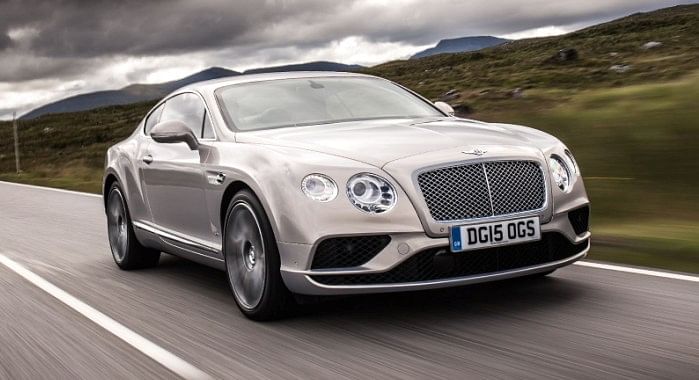
“Maybe ‘transport boxes’ will be part of the future, but it will go one step at a time and I can say our customers want our cars because they make a statement, not just because they do a job.
“Bentley will always follow a fusion of performance and luxury; dynamics must be part of the mixture. But even if sometimes you will want to turn the seats around and leave the control to the systems, sometimes, at the right times, our customers will want to drive. It’s a compromise we know at Bentley; for 100 years our owners have done the same, albeit with chauffeurs driving.
“The question is not just about design but also technology. How will that change what we want from the interior space? And even if we give people more space, it won’t be about just opening the car up. Our customers want architecture, not just space.
“I am old enough to remember East and West Germany. In the East there was basically one car, a Trabant, available in five colours. The day the Berlin Wall came down, people were clamouring to change. That history lesson suggests there is no desire to own cars that look identical.”
- Jim Holder, Richard Bremner, Mike Duff, Hilton Holloway (Autocar UK)
You may like:
- How will digitisation impact future work environments?
- Why autonomy won't kill off driving as we know it
- The logistics of the future: from data goggles to electric trucks
RELATED ARTICLES
Oben Electric: Swimming Against the Current
Even as the going starts to get tough for the smaller electric two-wheeler makers in the country, EV startup Oben Electr...
How Indian Startups are Trying to Overcome China’s Rare Earth Squeeze
In the face of Chinese export controls on rare earth minerals, Autocar Professional looks at three startups that are wor...
Luna Systems: Making ARAS Accessible
Dublin-based Luna Systems has developed low-cost rider assistance systems for the world's deadliest motorcycle market, o...





 By Autocar Professional Bureau
By Autocar Professional Bureau
 25 Nov 2016
25 Nov 2016
 11020 Views
11020 Views





 Yukta Mudgal
Yukta Mudgal


 Shahkar Abidi
Shahkar Abidi


